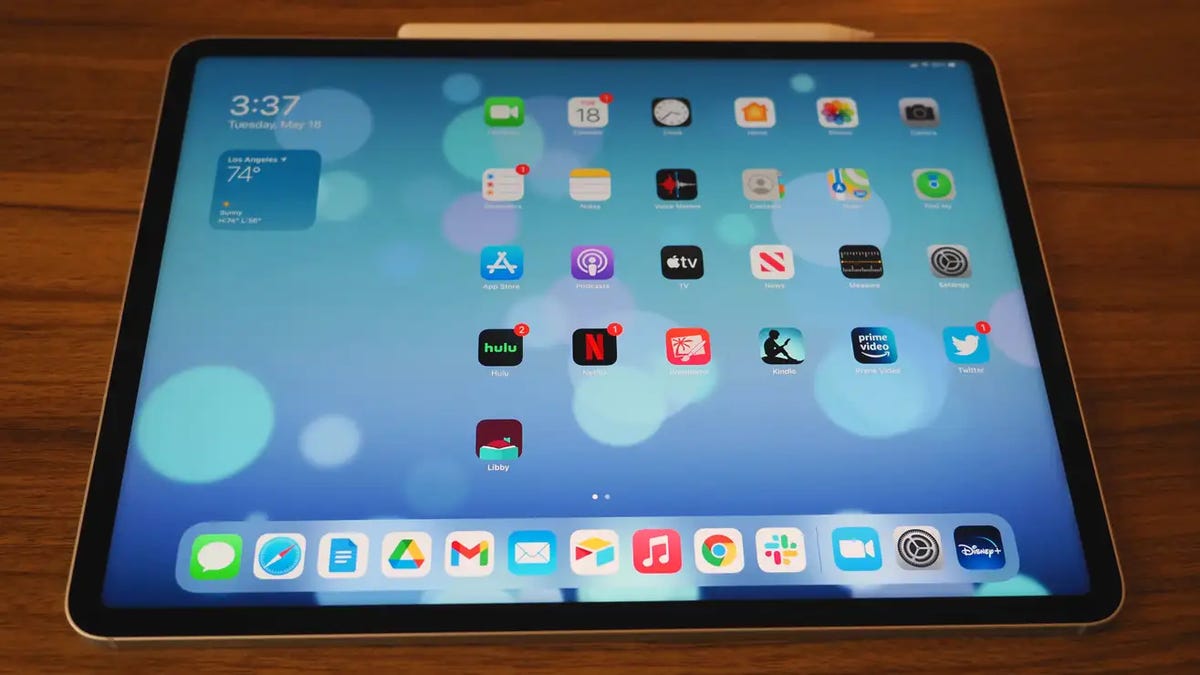How to Stream High-Quality Audio on Spotify, Tidal, and More


If you’re seriously passionate about your music’s audio fidelity, then maybe streaming services aren’t your go-to. But you can actually get pretty high-quality sound from a few of the services on the market—there’s quite a lot of variation to consider based on the platform you use and whether you’re paying or not.
While we’re not going to dive too much into the technicalities of the audio formats here, you’ll come across three main tiers of audio quality across the different streaming services: first are lossy, compressed formats like AAC and MP3 encoded at bit rates up to 320 kbps (the higher the better).
As you upgrade to better sound and lossless formats, the measurements differ: there’s CD-quality audio encoded at a bit depth of 16-bit up to a sampling rate of 44.1 kHz (the equivalent of 1,411 kbps), and studio-quality audio encoded at 24-bit up to 192 kHz (the equivalent of 9,216 kbps).
Stepping up through those audio tiers is the same as upgrading to a better camera to improve photo quality and take higher-resolution images—there’s a lot more detail and information stored as the quality of the tracks increases.
Qobuz
Qobuz prides itself on the quality of the music it streams. Its plans go all the way up to studio-quality—that’s FLAC format encoded at 24-bit and up to 192 kHz—and the plan will set you back $15 a month (less if you pay for a year at a time). There are desktop and mobile apps available, as well as a web player.
G/O Media may get a commission
The recently announced partnership between Qobuz and Sonos gives audiophiles another option to pick from. Qobuz is the first service to offer a 24-bit lossless format over Sonos systems, so if those are the speakers that you’ve got set up at home (or that you’re thinking of buying) then Qobuz is a suitable high-resolution audio partner.
Tidal
Audio quality has been a selling point for Tidal from the very beginning, and if you pay for the premium $20/month plan you get 16-bit and 44.1 kHz quality music. A selection of albums are also available at master quality—that’s 24-bit and up to 192 kHz—but you get that included as part of the Tidal HiFi plan. The standard $10/month premium package gets you music up to 320 kbps in quality.
Tidal has also partnered with a range of speaker manufacturers to ensure high-quality playback away from your apps and mobile devices: Bluesound, Denon, Naim, Cambridge Audio, and Astell & Kern are some of the many companies that have signed up. However, the streaming to speakers (including Sonos) tops out at 16-bit rather than 24-bit.

Amazon Music
Amazon offers a somewhat bewildering array of music streaming packages, from the free to the bundled-with-Prime to the high fidelity—and that last one is Amazon Music HD. It matches Tidal in offering its entire catalog at 16-bit / 44.1 kHz and a smaller sub-section of music at 24-bit / 192 kHz, and it’ll cost you $13 per month if you’re already subscribed to Prime and $15 per month if you’re not.
As well as playing this 24-bit music on your mobile and desktop devices, it’s also supported by a limited number of speakers and associated equipment—specifically, the Echo Studio, the Echo Link, and the Echo Amp. As long as you’re willing to go all-in on the Amazon ecosystem, you can get high-resolution music streaming all around the home.
Deezer
Among the many reasons to sign up for Deezer is the Deezer HiFi plan, which serves up your music in 16-bit, 44.1 kHz FLAC quality for $15 a month. Stick to the $10 a month plan and you get up to 320 kbps in terms of the streaming quality, and if you’re a non-paying user on the Deezer platform then you’re limited to 128 kbps.
If you do opt for the top-tier HiFi plan, then you can enjoy that sound fidelity across all of the platforms and devices where Deezer is supported (and the list is a long one, stretching from consoles to the web player). As yet there’s no 24-bit plan available, but 16-bit works just about everywhere.
Spotify
If you’re paying $10 a month and using the dedicated Spotify desktop or mobile apps rather than the web player, you can get up to 320 kbps. Head into the settings for the app on your platform of choice and look for the audio quality section to make sure you’re always getting the best possible quality. If you leave these settings at Automatic, Spotify adjusts the bit rate to match your internet connection. For free users, that rate tops out at 160 kbps.
Better audio fidelity is coming, though. Later this year, Spotify will launch Spotify HiFi for an as-yet-undisclosed additional fee, and that will guarantee you “CD-quality, lossless audio” whether you’re listening on a device or through a Spotify Connect speaker setup. As soon as it launches properly, we’ll bring you all the details.

Apple Music
Apple doesn’t publicly disclose the bit rate that its songs stream at across the Apple Music platform, though the general consensus is that it’s AAC 256 kbps based on clues like the files you can buy from iTunes. For now, it’s a one size fits all option; there’s no free tier.
Apple has always made plenty of noise about being interested in audio fidelity, ever since it started offering digital downloads at the start of the millennium, and that makes us think that something equivalent to Spotify HiFi won’t be too far off. It has offered lossless downloads for purchase for years now, but so far not streams.
YouTube Music
YouTube Music matches Apple Music in its choice of 256 kbps AAC streaming quality—unless you’re not currently subscribing for the premium service, in which case you’ll get knocked down to 128 kbps AAC.
There are no desktop apps with YouTube Music, but you can specify a streaming quality inside the mobile and web apps—the options are similar to the ones you get with Spotify. Open up the settings screen on your device, and under the playback and audio quality menus you can set the quality for streaming over wifi, streaming over cellular networks, and for tracks downloaded to your device.
Source link





